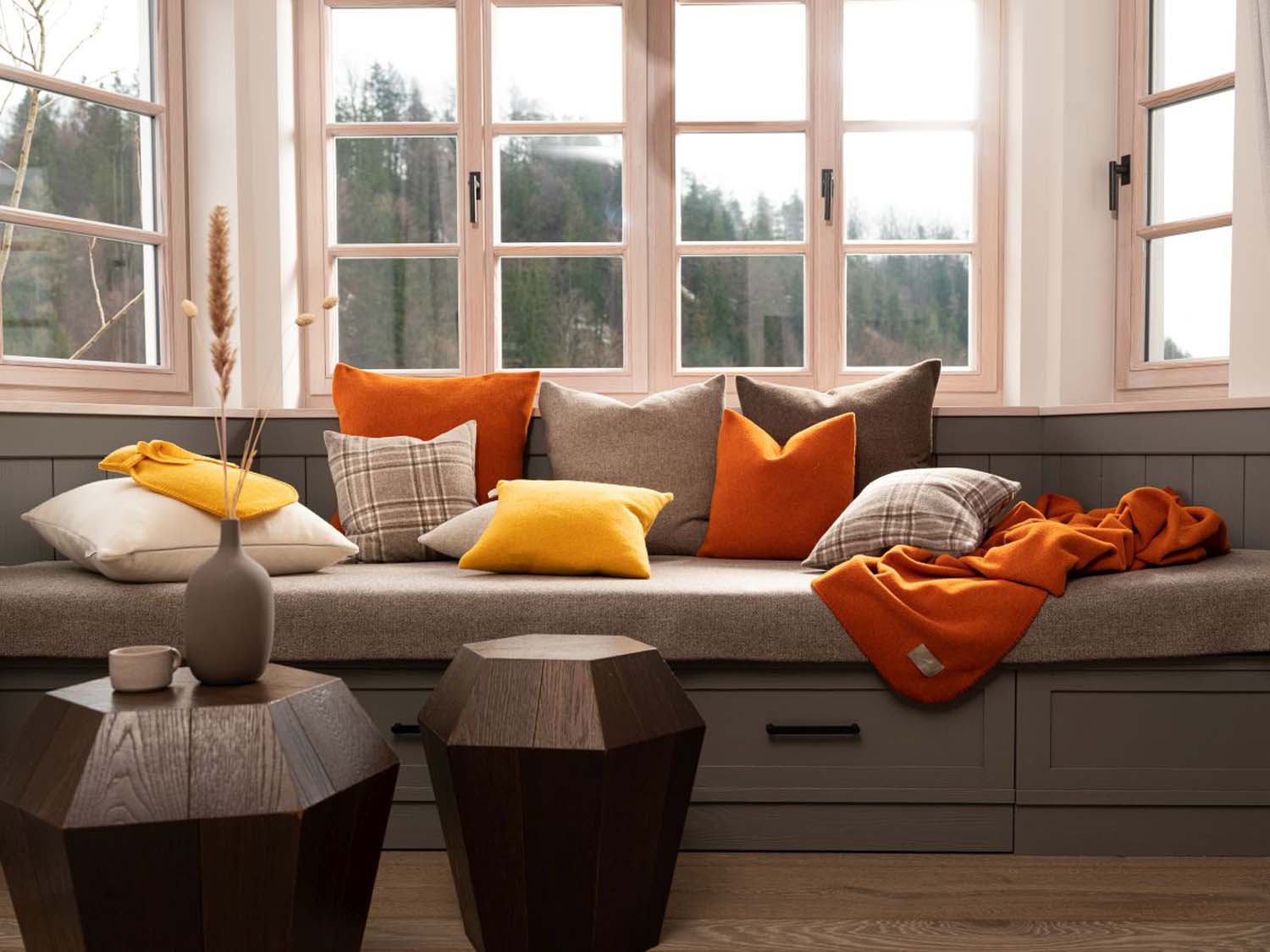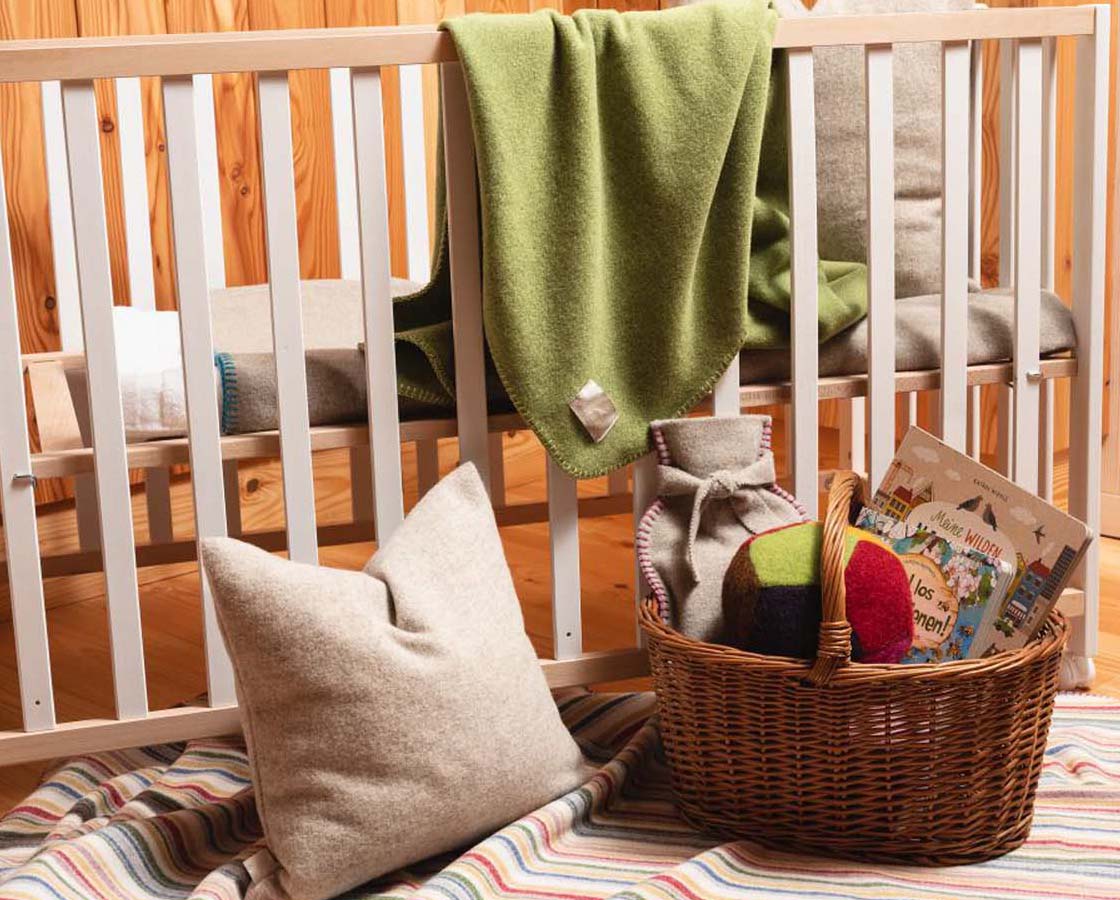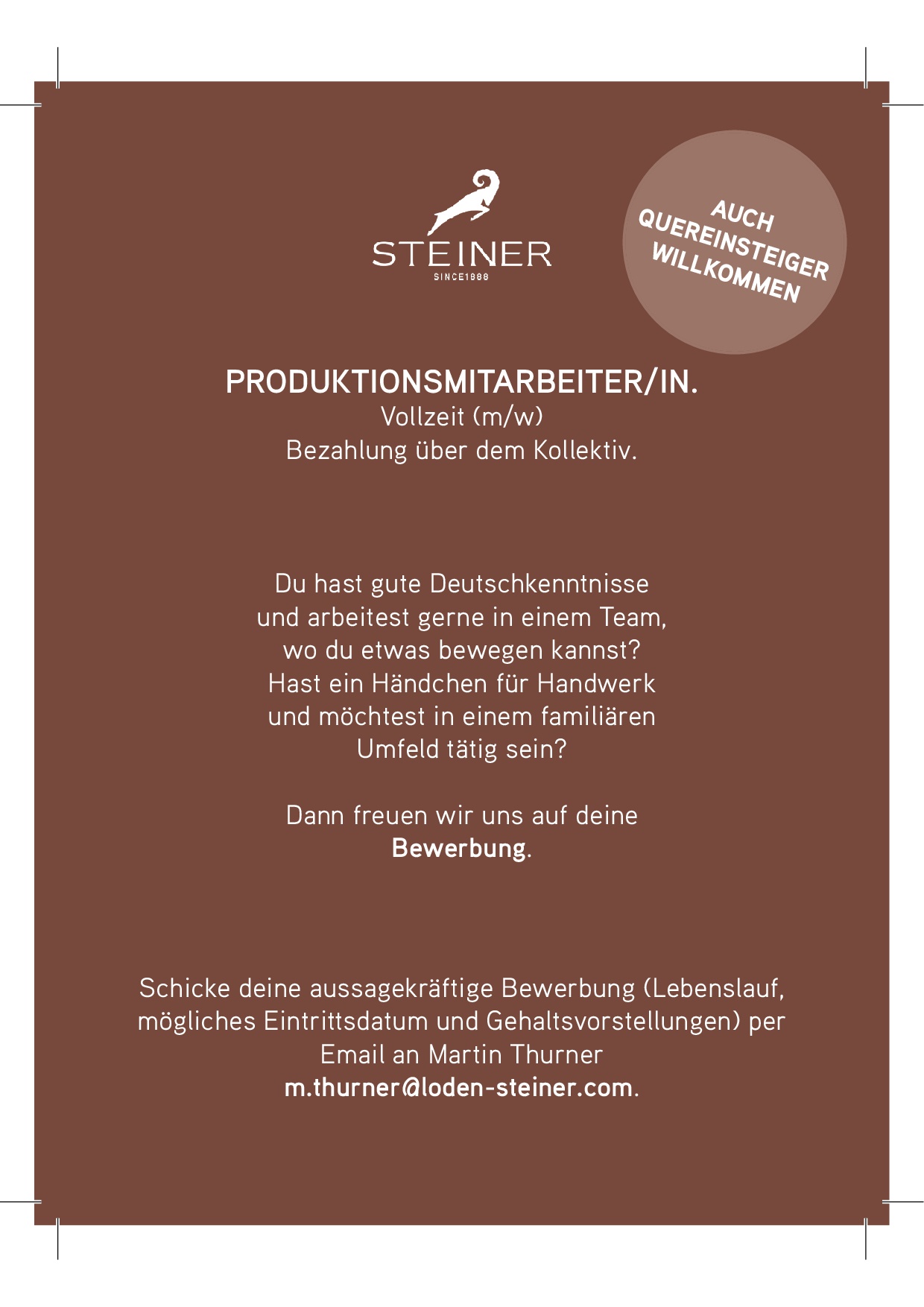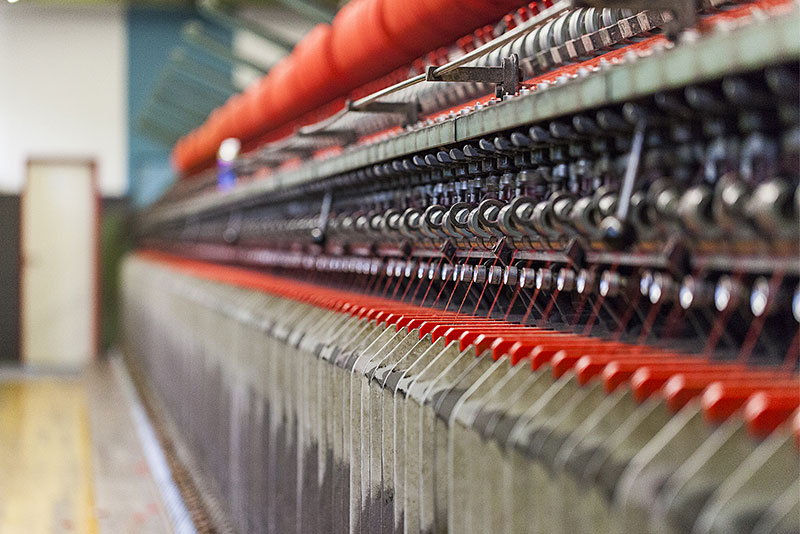
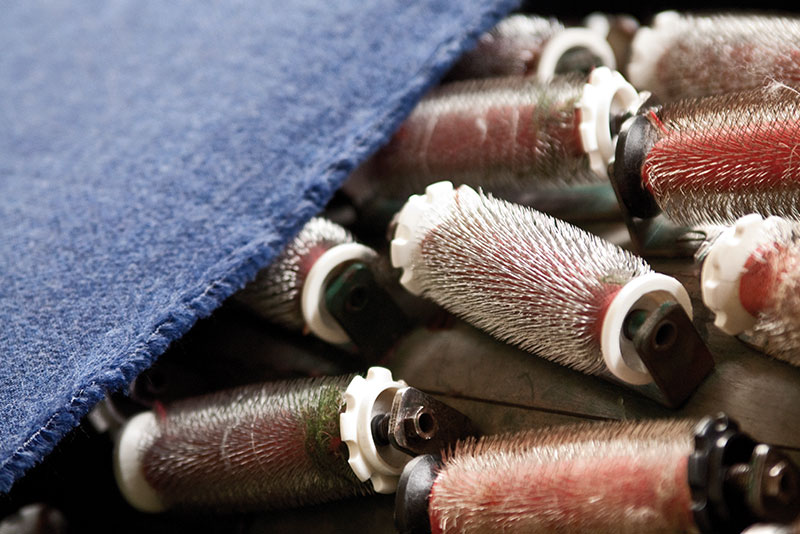
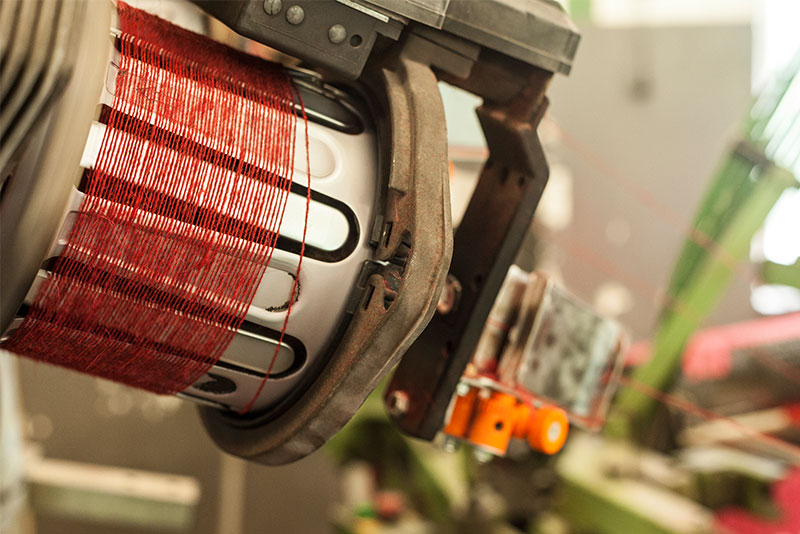

Special properties of loden fabrics
The heart of Steiner1888's loden production is fulling. This process compacts the wool fabric and creates natural weather protection. The material warms, breathes and regenerates.
WATER-REPELLENT
The dense surface and the natural grease content of the wool create an impregnation. Depending on the intensity of the rain, you can spend several hours in the wet with a Steiner1888 product.
MOISTURIZING
The wool fiber can absorb up to a third of its own weight in water without feeling wet. The moisture is absorbed by the fiber and slowly released again.
WINDABLE
The felted surface of the loden from Steiner1888 shrinks during fulling. This process binds the fibers together to form a structure that has a wind-repellent effect.
BREATHABLE
Despite the dense surface texture of the loden, its fibers are able to store both body heat and cold air. This ensures good thermal balance.
SMELL INHIBITING
Wool has the ability to neutralize odours. Synthetic fibers need to be washed after being worn once. With loden, a simple airing is enough to get sweat and the like out of the fibers.
FLAME RESISTANT
Due to its naturally high protein content, loden has a low susceptibility to flying sparks and fire. In contrast to synthetic fibers, it is therefore flame retardant.
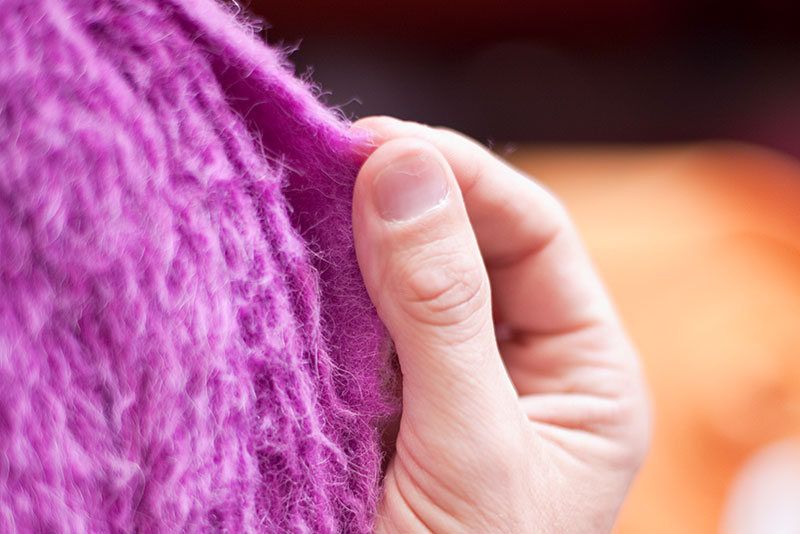
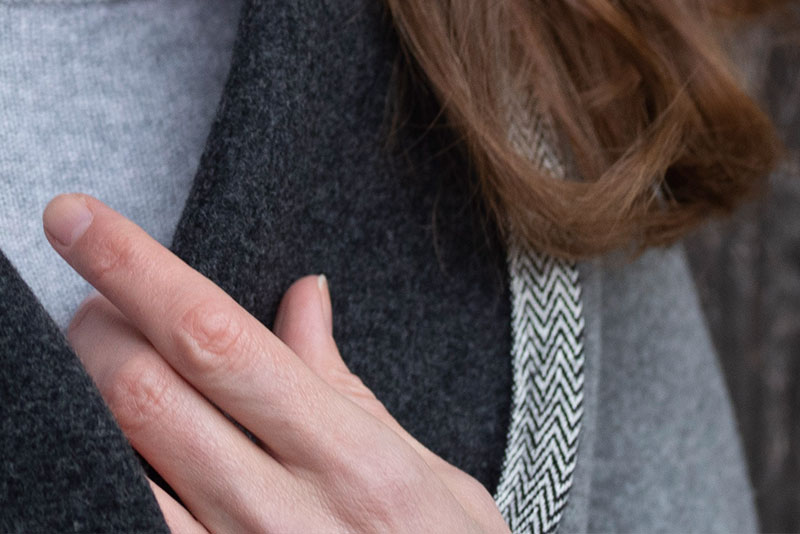
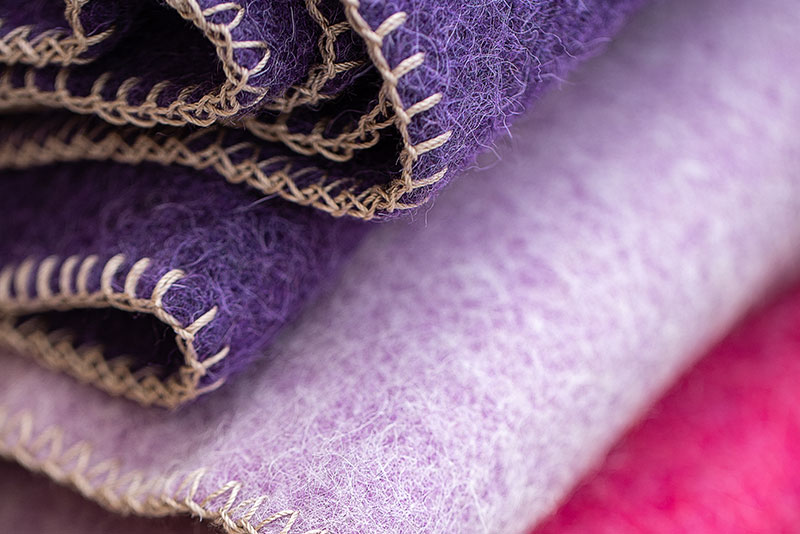
BUY LODEN UPHOLSTERY FABRICS
You can order loden upholstery fabrics directly from our online store.
WOOL TYPE
Since the Lodenmanufaktur was founded, the family business at the foot of the Dachstein has been processing wool into robust blankets. They are spun, traditionally woven, milled and finished in more than forty work steps. During this process, each individual piece is subjected to several quality controls. Thanks to their milled surfaces, all blankets are breathable, dirt-repellent and react antistatically to dry heating air. As a result, these Made-in-Austria products create a healthy climate in the living area.
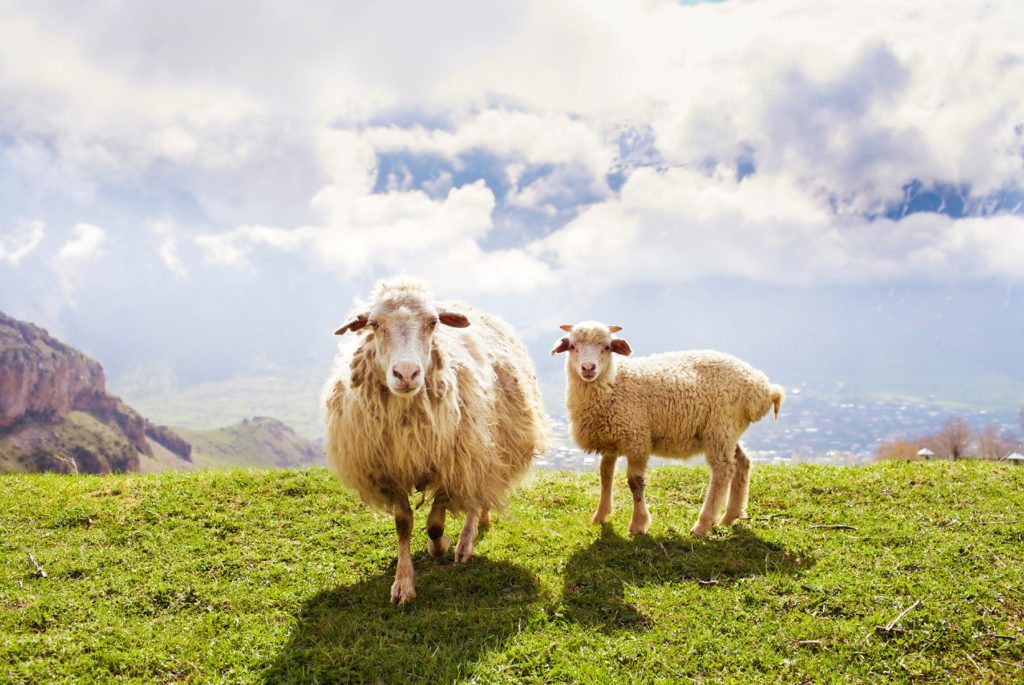
AUSTRIAN MOUNTAIN SHEEP
Robust, warm, classically beautiful.
The mountain sheep originated in the Austrian Alps. The animals are shorn twice a year before and after the alpine season. Steiner1888 uses the wool to produce blankets of incomparably hard-wearing and cozy-warm quality. Wool blankets made from pure new wool from mountain sheep are moisture and dirt repellent. This also makes them ideal for outdoor use. They are also increasingly being used as healthy sleeping blankets.
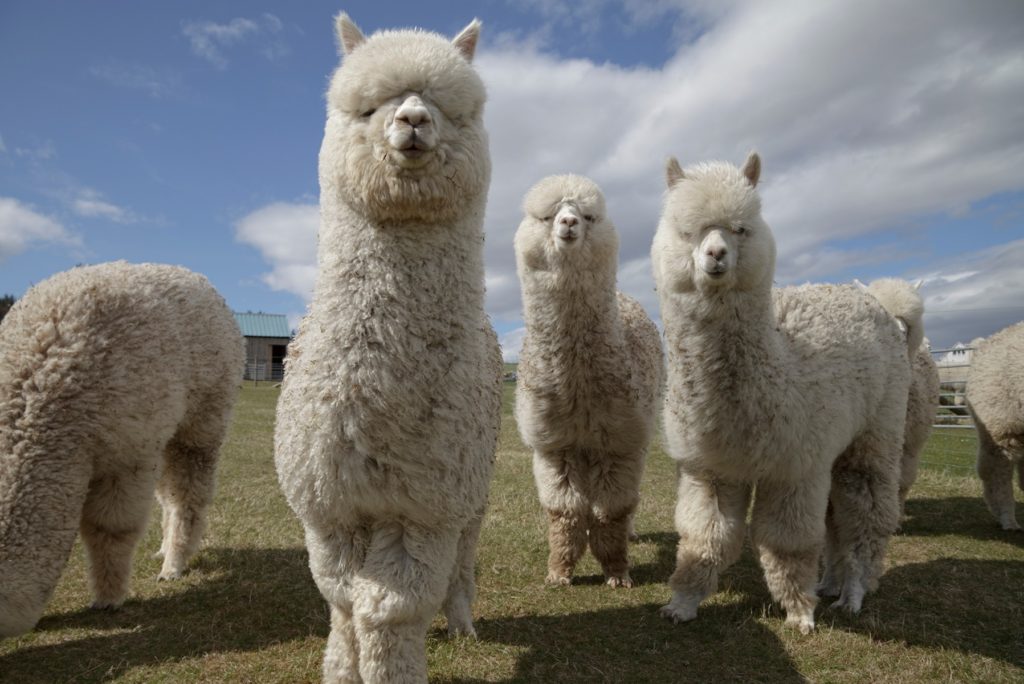
ALPAKA WOOL
Lightweight & colorful.
Alpaca wool has excellent thermal properties. The reason for this is the fiber structure. This ensures perfect heat balance and is also very light. Home textiles made from virgin alpaca wool are considered durable as they are three times more tear-resistant than sheep's wool. Alpaca textiles are particularly vibrant when dyed. Even undyed, the wool shines in incomparably beautiful natural tones. Due to its antibacterial components, alpaca wool is the perfect choice of blanket for allergy sufferers.

MERINO WOOL
Soft and airy, wonderfully warm.
Probably the best known type of sheep is the merino sheep. Its new wool is considered to be particularly fine, elastic, antistatic and fire-repellent. It produces between two and three kilograms of the finest quality wool per year. Blankets made from this wool are considered to be particularly airy, soft and warm. These fibers have a cooling effect in summer and a warming effect in winter. External influences such as dirt and odors do not affect the fine material.

ANGORA WOOL
Warm, wonderful on the skin.
Together with the wool of the cashmere goat, Angora wool is considered a fine hair. It comes from the Angora rabbit, which is specially bred for this purpose. The wool is considered the lightest natural fiber and surpasses even silk with its softness. The hollow fibers are ideal heat accumulators and release moisture to the outside. Thanks to its warming and sweat-absorbing properties, angora wool is said to have a healing effect. Another advantage is the natural, highly dirt-repellent fiber. Products made from angora hair therefore need to be washed even less frequently.
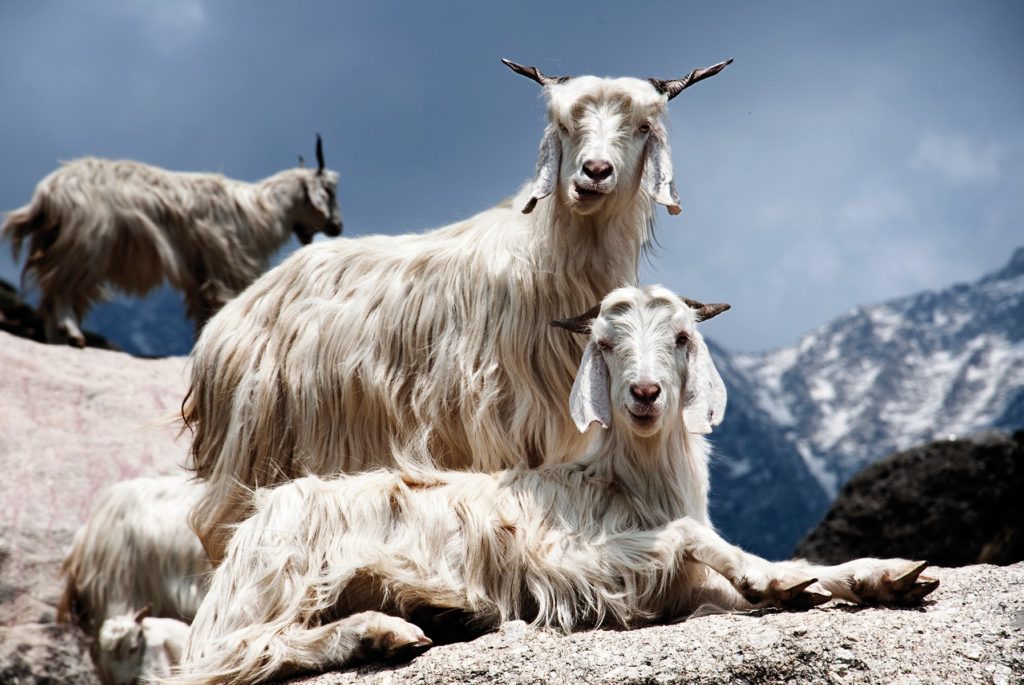
CASHMERE WOOL
For true connoisseurs.
Cashmere goats come from the region of the same name in Asia. Their wool coat is thick, as they live in harsh conditions at around 4000 meters above sea level at temperatures of up to minus 40 degrees. The fine hair is obtained from the undercoat. It is considered to have fine fibers and is one of the finest types of wool. Steiner1888 chooses cashmere for blankets because of its soft but durable qualities. It warms many times better than sheep's wool and does not crease. Cashmere wool is the ideal material for home textiles. Due to its longevity, cashmere blankets are of lasting value.

